David Dunlop, 10 January 2021
Let us take a quick look at CSC frigate costs as of early 2021 and compare them to say, buying off-the-shelf. The CSC cost figures according to the Public Budget Office (PBO) are approximately $70B CAD for all 15 CSC frigates; that much we know. If we could turn back the clock to say 2018, we could have built 15 Arleigh Burkes (ABs) Flt IIIs for 5.1B USD each (fixed prices in 2018 as a contract to build the first 5 ABs FLT IIIs has already been struck). This works out to be $6.47B CAD per ship or just over $97B CAD for all 15 ships. As you can see, much more than $70B CAD for 15 CSCs at 2021 prices and who knows where the refits would have to be done (NSS down the tubes, maybe?).
The problem you would have with that, is convincing Canadians to buy them from the USA and have them built in Canada. Our friends south of the border would be very hesitant to have them built outside of the USA. But who knows. We could have struck a deal to have them built here in Canada however, at what cost? The Life Cycle Costs (LCC) for the 15 CSC Frigates are reported by the PBO to be between $213-219B CAD, making the ABs coming in between $290-300B CAD, a very hard price to swallow and a cost that could be prohibitive for Canada. As it is, for better or worse, we seem to be stuck with what we have.
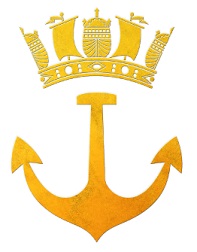
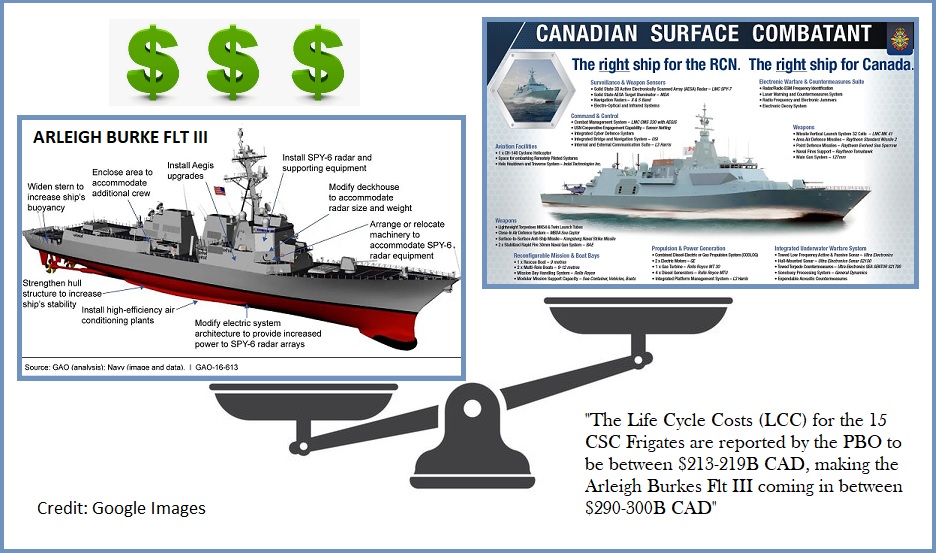
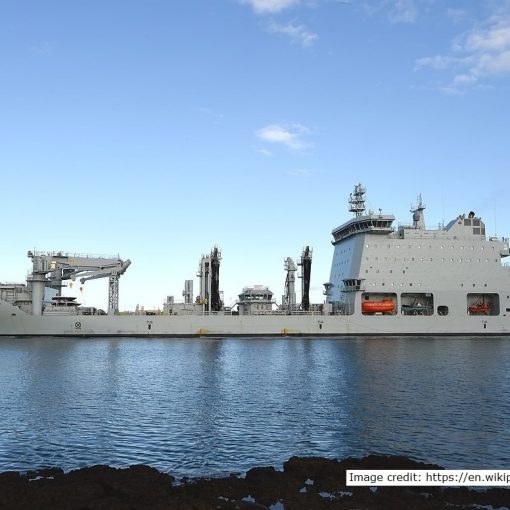
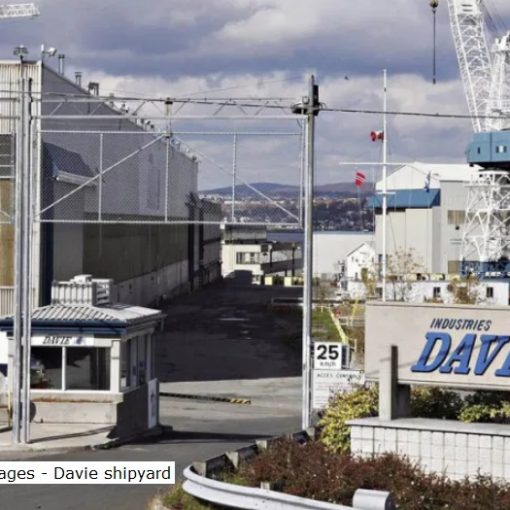

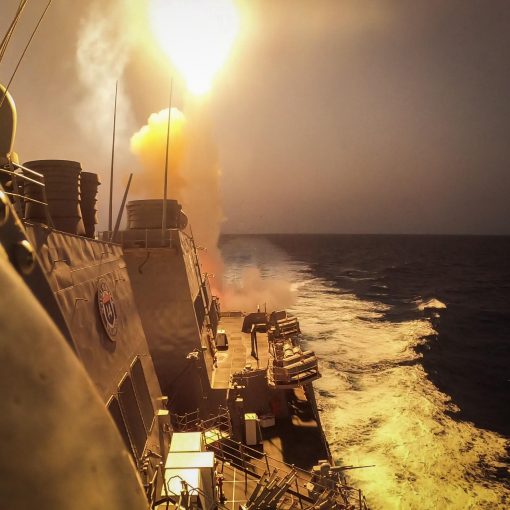
9 thoughts on “CSC Frigate Costs vs ARLEIGH BURKE FLT IIIs”
Reply to David Dunlop, CSC- Arleigh Burke Flight III Cost Comparison
While you provide cost estimate sources for Canada’s yet-to-be-built CSC, you provide absolutely no cost data sources for the Arleigh Burke Flight III, and yet you confidently conclude that the costs are approximately the same.
Some real data may help.
In June 20020, Ingalls was awarded a $936 million (USD) contract for an additional Flight III destroyer. In October 2020, The US Congressional Budget Office reported that the average cost of an Arleigh Burke Flight III destroyer was $1.37 billion (USD 2020) on an adjusted cost per weight basis. Finally, in December 2020, a Congressional Research Service report put the average cost of an Arleigh Burke Flight III destroyer at $1,918.5 million (USD) each.
Yes, these figures must be converted into Canadian dollars, and the costs of Government Furnished Equipment (GFE) must be added into the Arleigh Burke costs as well. However, the final cost figure would be nowhere near the almost $5 billion per unit cost of Canada’s CSC estimated by the Parliamentary Budget Office.
I have no quibble with your implied argument that, if built in Canada, the costs of Arleigh Burke Flight III destroyers would escalate dramatically.
Moral: don’t build major warships in Canada if you want an affordable ship.
Notes
1. WLOX Staff, “Ingalls awarded $936M contract for new Arleigh Burke class destroyer”, WLOX.com, (30 June 2020). [Accessed at: https://www.wlox.com/2020/06/30/ingalls-got-m-contract-build-another-arleigh-burke-class-destroyer/%5D
2. The U.S. Congressional Budget Office, “The Cost of the Navy’s New Frigate”, Report 56675, (October 2020), Figure 2, p.8. [Accessed at: https://www.cbo.gov/publication/56675%5D
3. The U.S. Congressional Research Service, “Navy DDG-51 and DDG-1000 Destroyer Programs: Background and Issues for Congress”, Updated Report RL32109, (22 December 2020).
[Accessed at: https://fas.org/sgp/crs/weapons/RL32109.pdf%5D
Hi Procrustes. Yes, you are absolutely correct. Sorry, my mistake. The contract was a fixed price for all 5 Flt III Destroyers, not for each unit. That would change things a lot. $6.47B CAD for 5 ABs x 3=$19.41 CAD for 15 destroyers for Canada seems to be a good deal indeed. However, that would not be the final costs. That would just be the building costs. It would not not include things like weapons, ammunition, missiles, stores, spare parts,crew size and of course each unit would have to be “Canadianized” with Canadian content along with the fact that these are in 2018 prices not taking into account yearly inflation costs. Canada would also have to absorb the technology costs as well, so you may be looking at total costs for all 15 CSC Frigates (ABs) at anywhere between $50-60B CAD. That’s if the US would be willing to share the AB technology with Canada. Still seems to be a better deal than the 15 LM/BAE Type 26 Frigates at $70B CAD but knowing what we know about government delays that would incur with this NSS program that price tag would probably rise yearly with PBO reports. The Life Cycle Costs (LCC) would be slightly less than the $213-219B CAD (perhaps $190-210B CAD). But we are talking about a longer & much heavier destroyer with a larger crew size, so the LCC could be much more especially if refits were to be in the US. But perhaps we could get a better deal with our friends to the south. So maybe not as great a deal as we may think. But since we seem to have “made our bed” with the LM/BAE Type 26, and we are only talking hypothetical here. Again, sorry for my mistake.
A quick thought on affordable ships.
Canadian warships are built by private shipyards. A private business’ main consideration is profitability. Profitability will be achieved either through high-volume sales of low-cost products, or low-volume sales of high-cost products. Considering the learning curves involved, and profit margins of 30%-100%, it’s impossible to procure affordable ships from our private shipyards.
Affordability seems to be of higher concern for other countries; Naval Group, Fincantieri, Navantia, significant levels of sate ownership, high-volume sales, lower costs, probably lower profit margins for home clients. German and Dutch yards are private but similarly high-volume, lower-cost. Not mentioning Chinese and Russian models, their cost:volume ratios are incomparable across all platforms.
The idea of modifying “off-the-shelf” platforms and systems, which are optimized for other users, to fit our needs seems untenable, considering their immense complexities. A major warship is not something you can chop and mod easily or cheaply. To compete anywhere near peer countries, I think we will need much higher production volumes than are now carried by NSS, across multiple platforms and sizes, with closed production cycles. If we mean this to be a long-term investment, then we ought to invest in Canadian designs, Canadian hulls, Canadian systems, building Canadian capability in sciences and manufacturing, and optimized to Canadian needs. Only then can affordability be considered again. Otherwise, we drop “Canadian” out of it and just buy and operate foreign-built ships as they are; that would be cheapest.
Hello “Curious Civilian”.Yes, civilian shipyards are operated to make a profit. Most shipyards throughout the world a geared to do that. Some shipyards like in China and Russia are owned by the government where costs are really not the final requirements and often run in the red. Buying “off-the-shelf” ships are often not better and certainly not cheaper. The Halifax class Frigates are a Canadian designed hull but with very few Canadian systems on board. All major weapons systems including the Sea Sparrow, Close In Weapons System (CIWS), Torpedoes, 57 mm gun (and ammunition), ASW Helicopter, all radars, gas turbine and diesel generator engines are all foreign designed and built. The CCS software system for the Halifax class was designed and built by Lockheed Martin (LM) as well. The only major systems that are Canadian designed and built on the Halifax class are the sonar systems and the Canadian Helo Haul-down system.The Global Combat Ship (Originally called the “Future Surface Combatant”) is a British designed frigate called the BAE Type 26 Frigate to partially replace the UK Type 23 Frigates. The LM/BAE Canadian Surface Combatant (CSC) Type 26 Frigate that was “finally” selected by Canada is a “Canadian” designed variant of the British Type 26 Frigate. The hull is not Canadian designed and again most weapons and systems are foreign produced including the fixed hull-mounted & towed array sonar systems. The only thing Canadian is again, the Helo Haul-down system. In negotiations before the CSC Type 26 Frigate was selected was that the British had to agree to have the CSC Frigates built in Canada. The main problem with buying ships already at sea and “off-the-shelf” is that all 15 ships would most likely have to be built in another country and that would just kill our NSS program.
Do note other costs, such as large crewing costs and where to get that many crew. Second ABIII are also fully gas turbine
powered so fuel costs would be much higher, would range suffer. Third weapon upload costs would quadruple just to mention a few. Operational costs would escalate along with where do you berth these large ships. Cheers.
Hi Garry. Could not agree with you more on all points, although we might be able to squeeze out a small deal with the US on weapon loads and yes, where would Canada get the extra “crew sizes” and again, our Jetty’s would have to be extended somehow to accommodate these huge “destroyers”. So, maybe $56-60B for 15 Lockheed Martin/BAE CSC Type 26 Frigates (DND 2020 figures-less taxes) perhaps, is not such a bad deal after all.We should have a better picture this year on final figures and perhaps a signed deal with Irving and LM by the end of 2021 or early 2022 with first steel cut at the end of 2022 or early 2023. A very, very long process indeed!
You are wrong on the cost of the Burke flight IIIs in 2022 adjusted USD 2,401.7 million for a single Burke FLT III. In CAD that is 3,002,125,000 a little over 45 billion CAD. Canada is getting screwed buying the CSC! Increase pay for recruits, build your infrastructure to fit the Burke Class. 15 Burke FLT IIIs beat 15 CSC all day long. Even with price increases you would come in below the 82 billion CAD estimate I saw delaying till 2022. Even if you need to add 4500 sailors to fill out the crews, You will have a capable ship with tremendous firepower and navy that can provide real assistance to allies in time of war. Let’s talk about getting Canada 15 Type 216 Submarines to support the fleet!
Those are cost worth bearing for the extra capability 15 Burke FLT IIIs would provide over the 15 CSC. Yes more weapons, people and infrastructure cost more money. It is a good investment for the future of Canada. Not only will you be able to base your Burke class size ships, you will also support allied ships of similar size. Japanese, Australian, UK, French, etc. Building up such facilities will benefit the Canadian economy, lots of jobs, new technology, etc. It also provides bases closer to the Arctic Ocean. The Russians seem quite interested in the area as the polar caps recede. I think Canada, Denmark/Greenland, and the USA should take the same amount of interest. We could create an Arctic AUKUS, (CADGUS) call it what you want. We are stronger together, that is the truth.
I could see Canadian shipbuilders coming to the US and learning how to build 2-3 Burke FLT IIIs. This would give you time to set up your manufacturing infrastructure and shipyards to handle these large destroyers. You would be able to maintain and refit your destroyers. Bring back your shipbuilders with a few US consultants to make sure the first batch comes out perfect. Then Canada can build them on its own. Canada could decided to build 6-8 of the Burke FLTIIIs. This would provide Canada the ability to, as Curious Civilian suggests, bring back Canada’s warship industry. In the meantime while building the Burke FLT IIIs. Canadian engineers, weapons manufacturers, and designers can build what they think is right for Canada. It would bring back a skilled work force for Canada to produce ships similar in size of your own design in the future. Then all that defense money would pour back into the Canadian economy. Some systems would have to be outsourced, but if you could get it at least 75% Canadian on the first ships you design. It’s better than all that money going overseas. I would love to see some large Canadian ice breakers heavily armed. The Russians are arming their ice breakers. Next thing to tackle is your lack of submarine industry. I would opt for the thyssenkrupp Marine Systems Type 216 class. Do the same thing as with the Burke FLT IIIs. Build half in Germany and half in Canada. Then you can build and maintain your own submarines.